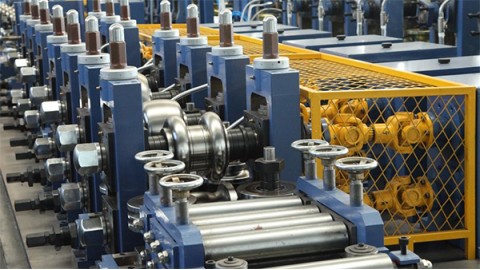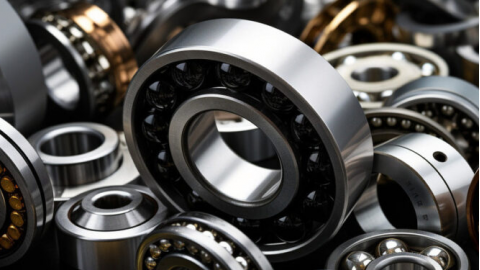Dichloromethane has the advantages of strong dissolving power and low toxicity, and is widely used in the manufacture of safe film and polycarbonate. The other is used as paint solvent, metal degreasing agent, air smoke propellant, polyurethane foaming agent, releasing agent, Paint agent.
First, the leakage emergency treatment
Rapid evacuation of polluters to the safe area, and isolation, strict restrictions on access. Cut off the fire source. It is advisable for emergency personnel to wear self-contained positive air respirator. And the use of sewers, drainage ditch and other restricted space. Leakage: Adsorption or absorption with sand or other noncombustible material. A large number of leaks: build dike or control pit shelter.
Waste disposal method: It is recommended to use incineration method. Waste mixed with other fuels after burning, burning should be sufficient to prevent the formation of phosgene. The nitrogen oxides in the exhaust of the incinerator are removed by an acid scrubber.
Second, the protective measures
Respiratory protection: When the air concentration exceeds the standard, you should wear a direct gas mask (half mask). Emergency rescue or evacuation when wearing air respirator.
Eye protection: Wear chemical safety glasses if necessary.
Body protection: wear anti-virus penetration work clothes.
Hand protection: Wear chemical gloves.
Other: Workplace No smoking, eating and drinking. Work finished, bathing clothes. Store contaminated clothing separately and wash it back. Pay attention to personal hygiene.
Third, first aid measures
Skin contact: Remove contaminated clothing and rinse thoroughly with soap and water.
Eye contact: lift the eyelid, rinse with running water or saline. Medical treatment.
Inhalation: quickly from the scene to the fresh air. Keep the airway open. If breathing is difficult, give oxygen. Such as breathing to stop, immediately artificial respiration. Medical treatment.
Ingestion: 1. If the patient is about to lose consciousness, has lost consciousness or spasm, can not be fed anything.
2. Not vomiting.
3. Give the patient drink 250 ml of water to dilute the stomach.
4. If the patient spontaneously vomiting, let the body forward to reduce the risk of inhalation, and repeated water supply.
5. If the breath stops, immediately by the trained person to take artificial respiration, heartbeat stop the implementation of cardiopulmonary resuscitation.
6. Quickly send patients to emergency medical units. Drink plenty of warm water, vomiting, medical treatment.
The most important symptoms and hazard effects: Very high concentrations of exposure may lead to loss of consciousness and death.
Protection against first aid personnel: When the patient is inhaled and swallowed with toxic substances, do not use mouth-to-mouth artificial respiration directly, should use one-way gas-type pocket-type mask and other medical equipment to perform artificial respiration. Should wear C-class protective equipment in the safe area to implement first aid.
Fire fighting methods: mist water, sand, foam, carbon dioxide. Fire extinguishing measures Suitable for extinguishing media: chemical dry powder, foam, carbon dioxide, water mist
Special hazards that may be encountered when extinguishing: 1. Over 120 degrees, the steam is flammable. 2. The fire will break down the toxic gas with a risk.
Special fire extinguishing procedures: 1. Sprinkler so that the container exposed to the fire in the cooling, the water will be washed away from the exposed area.
2. If such material is in fire or in a fire, do not do fire fighting unless you can stop it from dispersing it. If the fire can not be controlled or the container is exposed to fire, it must evacuate the area within 2500 feet.
⒊ with a lot of water to cool the container until the fire is extinguished. (Erg2002)
4. Do not spill directly on the spilled material, which may cause splashing (erg2002)
Special protective equipment for fire-fighters: 1. Burning after toxicity products: After combustion products include toxic gases and vapors (eg hydrogen chloride, phosgene and carbon monoxide).
2. The steam of methylene chloride is heavier than air and can float to a considerable distance to the ignition source and burn back.




